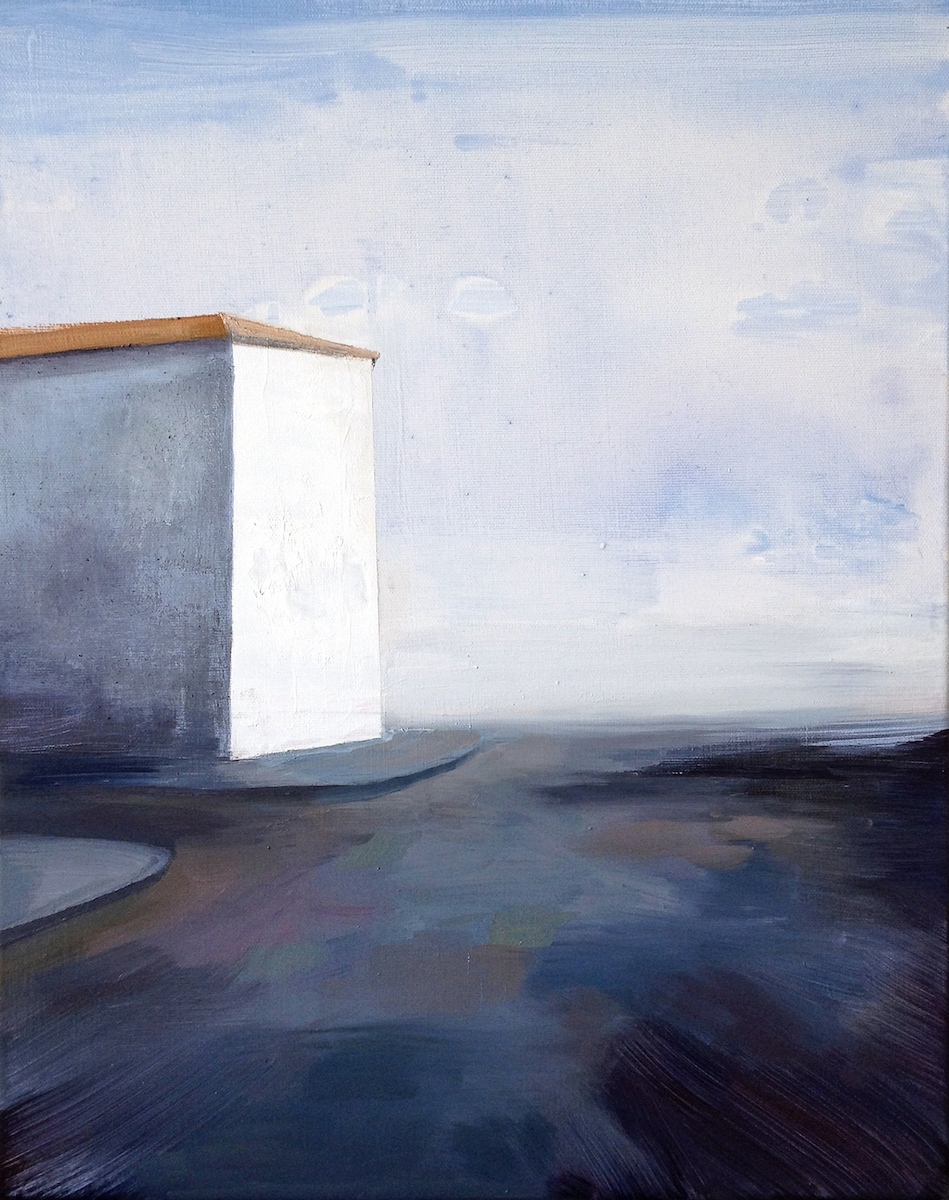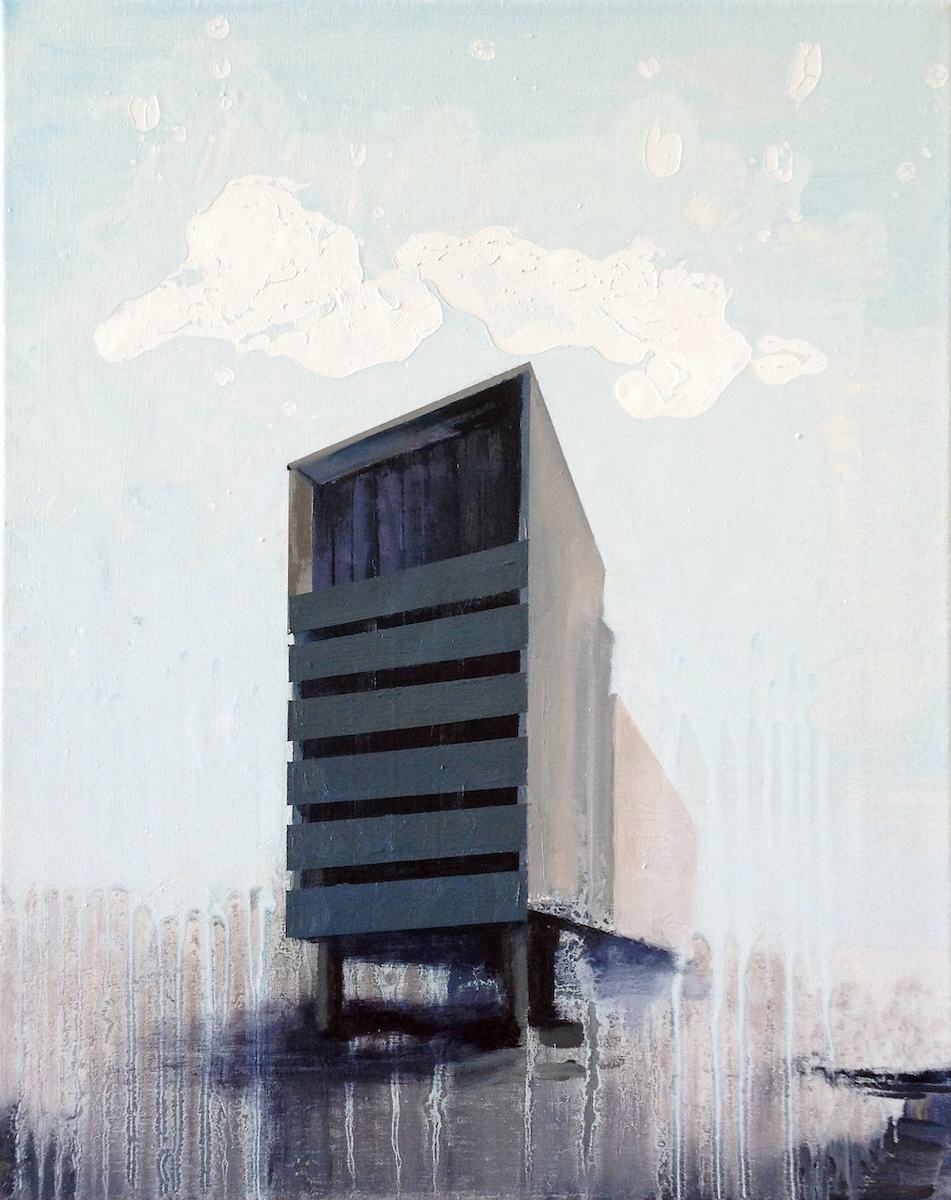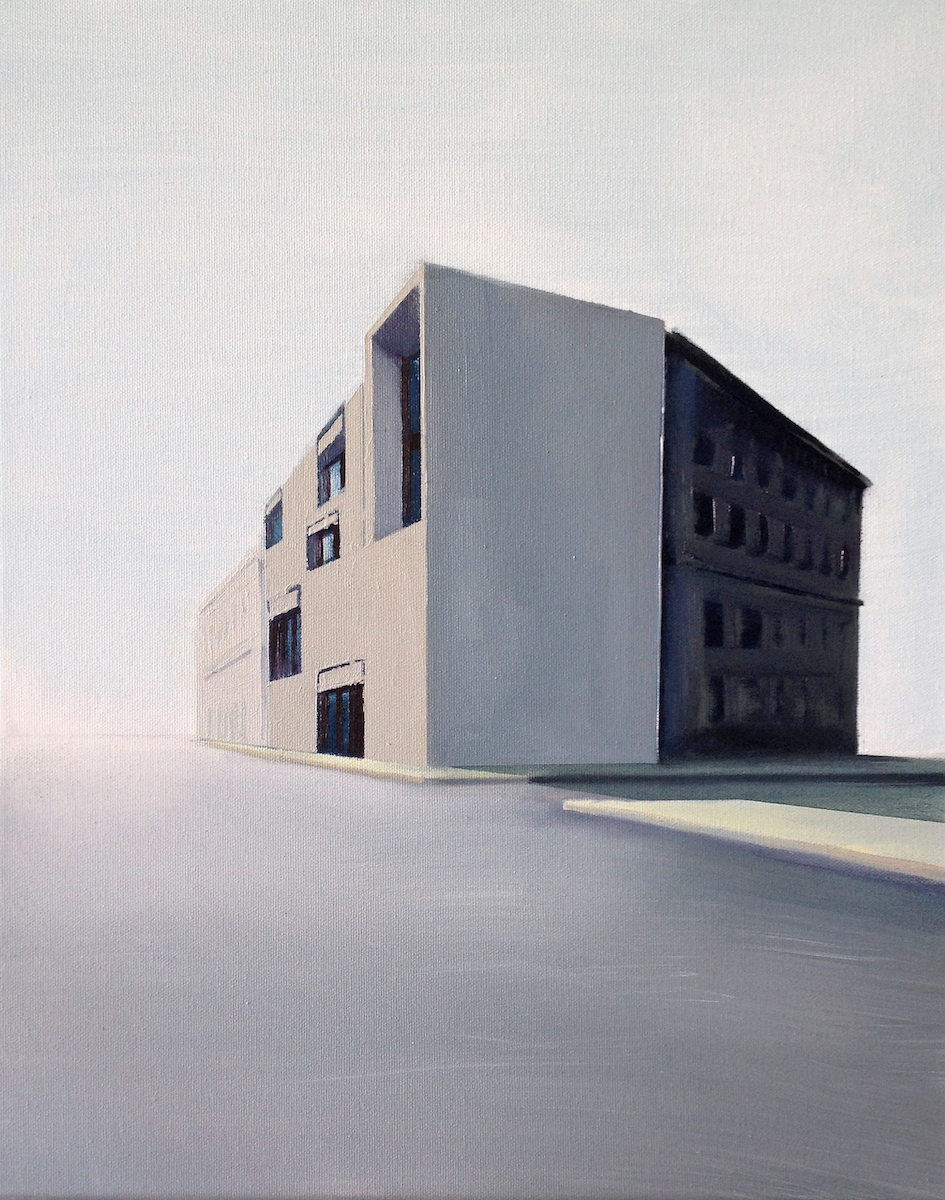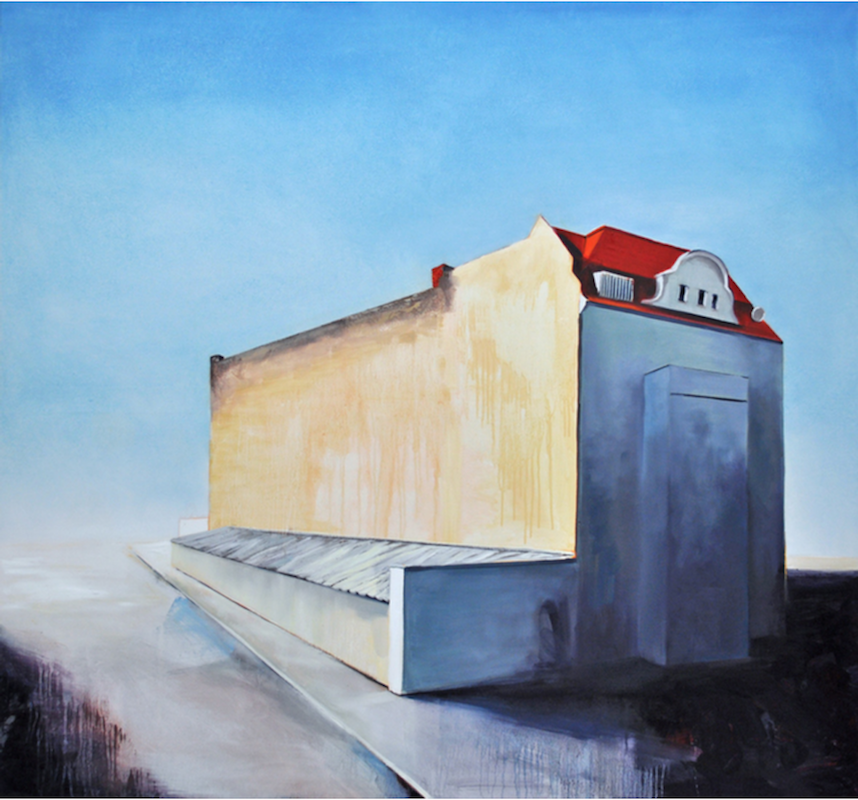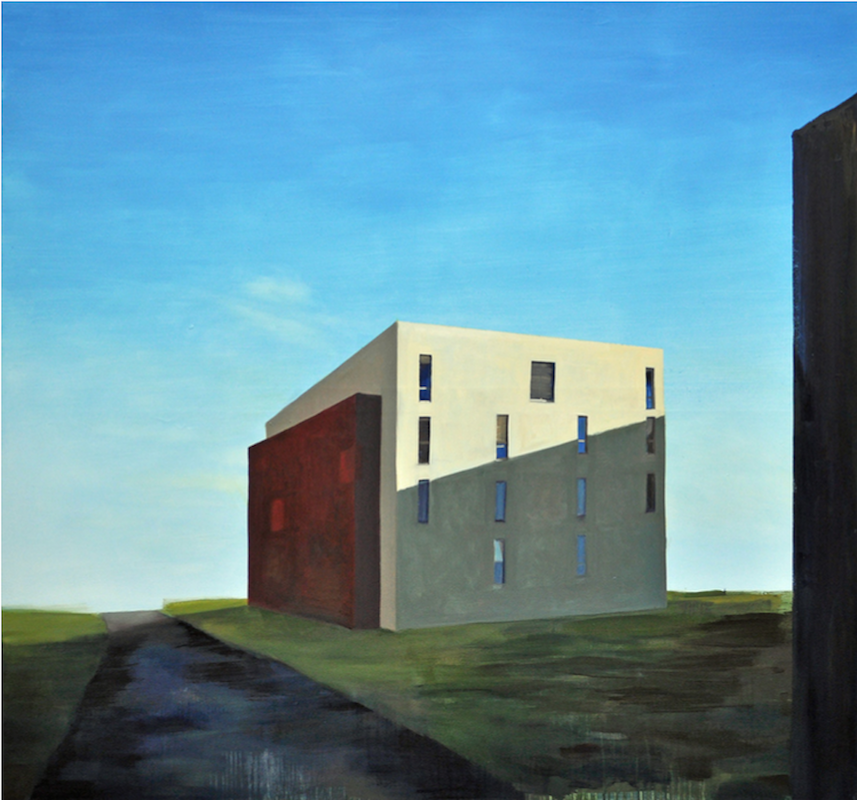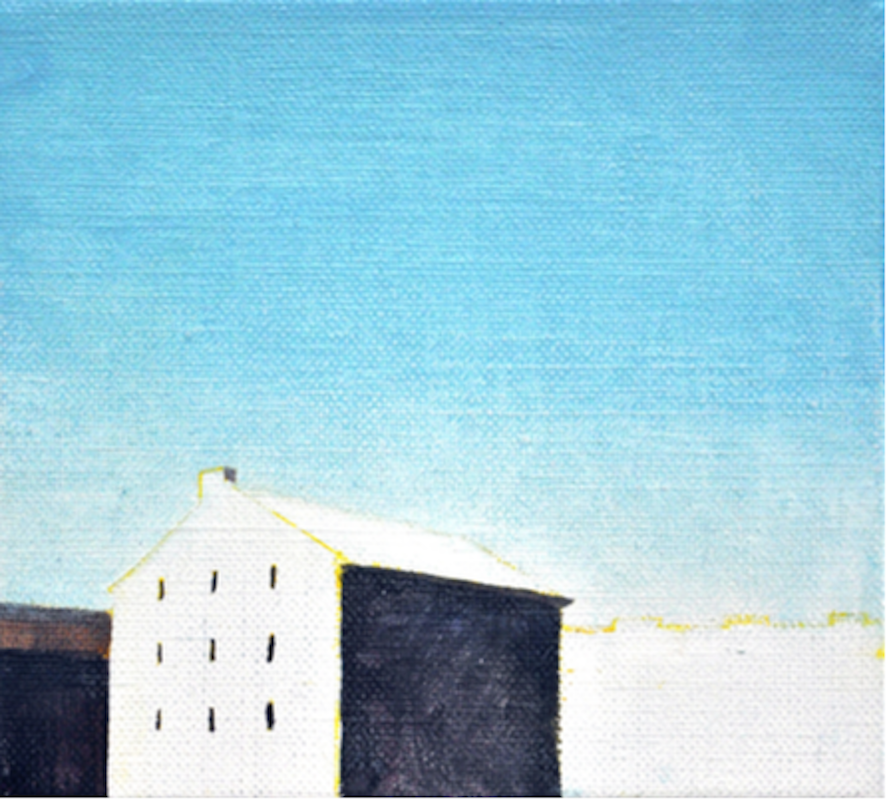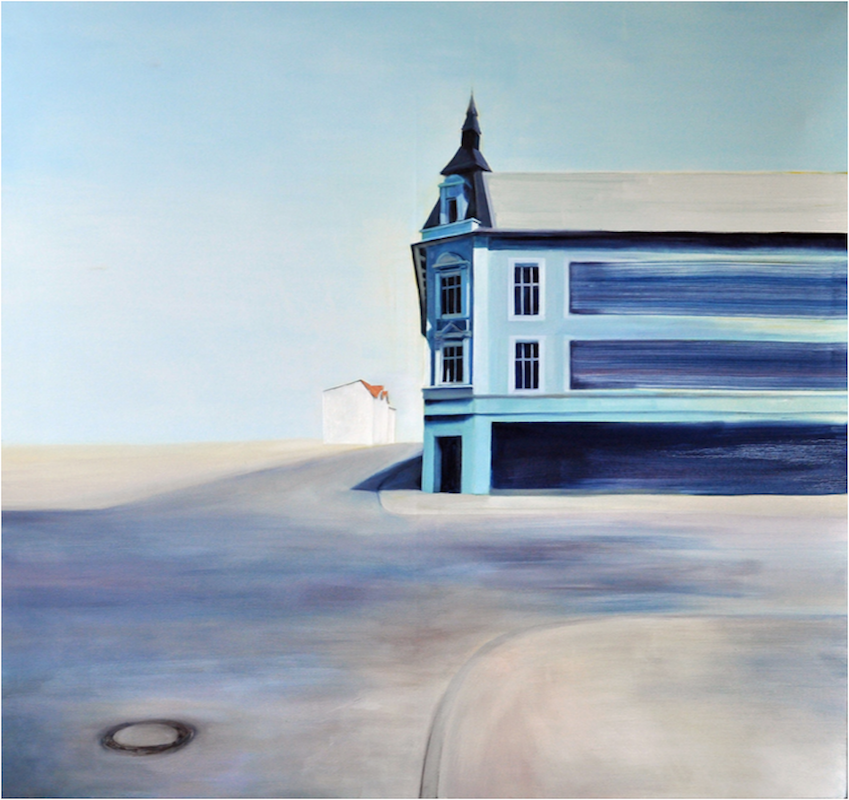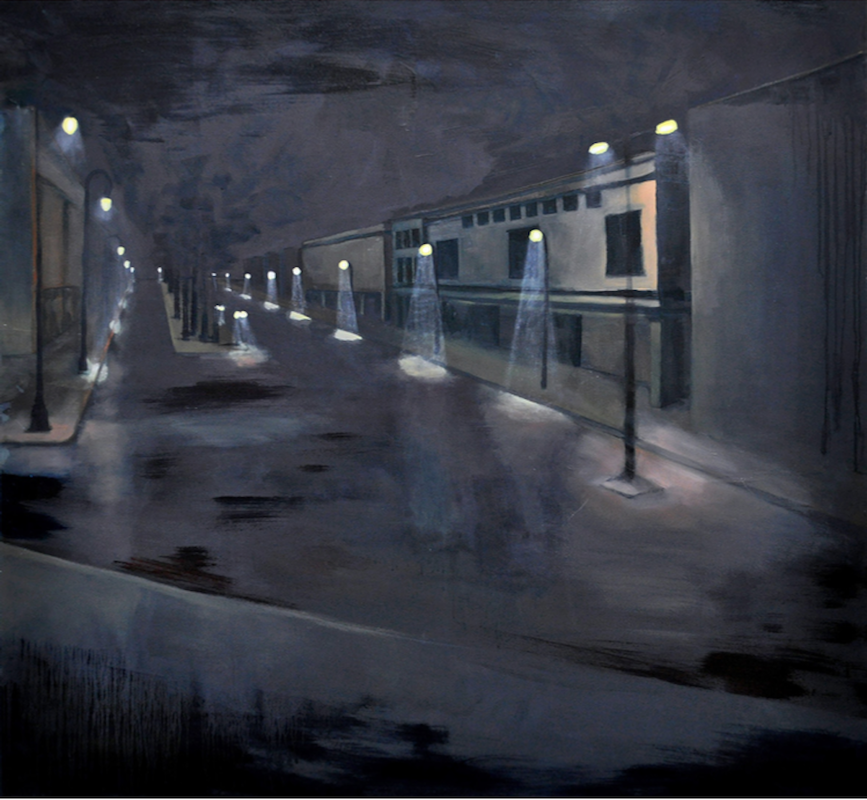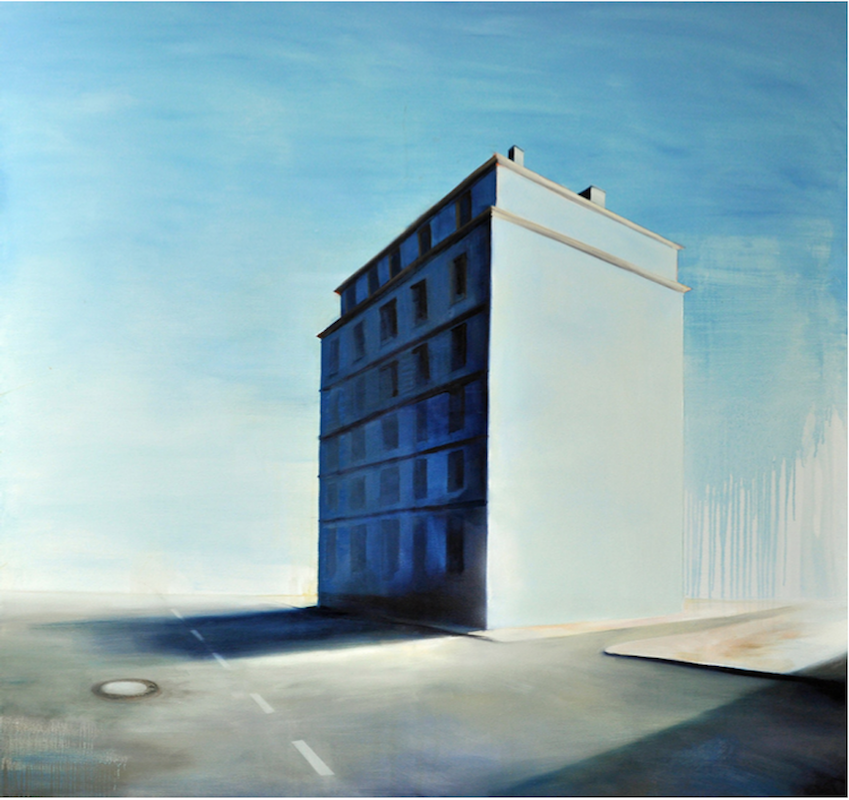Anna Fiegen
CV
| *1981 | in Coesfeld |
| 2001–2011 | Academy of Fine Arts Münster, master class Michael van Ofen |
| Lives and works in Berlin |
Grants / Scholarships
| 2018 Goldrausch female artist project, Berlin |
| 2008 Summer Studio: Residency + Solo Exhibition, Kunstverein Greven |
Solo exhibitions
| 2019 | Randzone, GASAG Kunstraum Mitte, Berlin |
| 2018 | Utopia war gestern, Galerie Art-Eck, Solingen-Gräfrath |
| 2014 | transit, Evelyn Drewes | Galerie, Hamburg |
| 2013 | unverortet, Kleine Galerie Stadt Eberswalde |
| um die Ecke, Galerie ArtEck, Solingen-Gräfrath | |
| 2012 | noch nicht mehr, Evelyn Drewes | Galerie, Berlin |
| entschleunigung, Evelyn Drewes | Galerie, Hamburg | |
| 2010 | irgendwann, Kunstverein Dülmen |
| danach, Galerie Kabuth, Gelsenkirchen | |
| 2009 | landscapes, Evelyn Drewes | Galerie, Hamburg |
| 2008 | Sommeratelier, Kunstverein Greven |
Group exhibitions
| 2021 | Utopien mit Schatten, studiomauer im Rahmen des Architekturspaziergangs INS BLAUE, Hannover |
| 2020 | vom Wesen der Dinge, Galerie ArtEck, Solingen |
| Territorien, SCOTTY Projektraum, Berlin | |
| 40 in 40, Kleine Galerie Eberswalde, Museum Eberswalde | |
| 2019 | Dimension of space, Kunsthaus Essen |
| querbeet 8, Kunstmix Galerie, Bremen | |
| HAPPINESS, Kabinett 25, Berlin | |
| Painting Painting Painting, Raum Vollreinigung, Berlin | |
| von Steinen und Beton, Galerie Z22, Berlin | |
| Deep Surface, Winterrundgang 2019, Halle 14, Spinnerei Leipzig | |
| 2018 | Transformation, Enter Art Foundation, Bunker K101, Köln |
| Archipelago, Goldrausch Künstlerinnen 2018, Reinbeckhallen Berlin | |
| Instant Interior, im Rahmen des Ortstermin Moabit, Händel-Pavillon, Berlin | |
| querbeet VII, Produzentengalerie kunstmix, Bremen | |
| 2017 | 10 Jahre, Kunstverein Neukölln e. V., Berlin |
| Kunst in der Region, DA Kunsthaus Kloster Gravenhorst, Hörstel im Kreis Steinfurt | |
| Awagami International Mini Print Exhibition (A.I.M.P.E.), Tokushima, Japan | |
| Concrete Dance, Kunstvoll Gallery, Hamburg | |
| HAPPILAND - a country not far from utopia, SCOTTY, Berlin | |
| 2016 | Betreten der Grünfläche auf eigene Gefahr!, Galerie Hoffmann Contemporary, Rheda-Wiedenbrück |
| Radierung, Galerie Schneeberger, Münster | |
| DUST, Schillerpalais Neukölln, Berlin | |
| Collective Identity, Greskewitz Kleinitz Galerie, Hamburg | |
| 2015 | Nachts allein im Atelier (II), Evelyn Drewes | Galerie, Hamburg |
| Weiterreichung, Kunstverein Neukölln e. V., Berlin | |
| 2014 | Notausgang am Horizont - 8. Bremer Kunstfrühling, BBK Bremen |
| Stranden Sie bitte nicht!, nachtspeicher23 e. V., Hamburg |
Texts
Washed modernity
When architecture is brought into the picture, this is usually done in the medium of photography - apart from simulations of building projects by 3-D programs. Anna Fiegen's paintings are also based on photographs. Often she has taken them herself, on forays through cities, either in Berlin or while traveling, or she uses templates from books or the Internet. In her paintings, she usually shows us individual buildings isolated in a barren environment. However, they are not buildings that one would expect to find in the open countryside, but seem to have been cut out of an urban context.
The absence of people and the abstractly reduced scenery radiate something unreal and dreamlike, reminiscent of the motifs of Giorgio de Chirico, whom Anna Fiegen certainly cites as a model. The buildings in her latest paintings are mostly stereometric structures inspired by buildings of brutalist modernism or its present-day 'successor'. They are mostly well-known buildings, but, reduced to their basic stereometric bodies, they have been stripped of all references to their practical function and have become, as it were, sculptures in public space.
Comparisons between modern architecture and sculpture are not new. As early as 1966, Dan Graham drew an analogy between the uniformly repetitive structures of suburban houses in New Jersey and the serial sculptural formations of Minimal Art based on industrial materials in his project "Homes for America," published in the form of a newspaper article.
There is a comparability here to Anna Fiegen's approach in that a critique of modern architecture is not presented unilaterally, but a moment of strangeness or psychological and social 'alienation' is expressed aesthetically rather than as a real situation. If her painting contains a critique of architecture, it is not directed at the formal, but at the fact that not every successful form leads to a successful architectural environment. What looks impressive on paper or on canvas can also fail impressively as a building in or with which one has to live. Thus Anna Fiegen also repeatedly puts Le Corbusier's "housing machines" into the picture, some of which - despite their architect's utopian intentions - became problematic social hotspots.
The aesthetic 'critique' is also presented in a painterly differentiated manner. When David Chipperfield's narrow, multi-story concrete building in Düsseldorf's Medienhafen is "washed" - the title of the 2017 painting - it refers on the one hand to the cult of purity of modernism perpetuated by Chipperfield; on the other hand, to the fact that there are no building elements that look as quickly outdated as geometrically clear, white facades, because on them one immediately notices any dirt. The paint running down the picture acts as the complementary contrast to the accumulating dirt, which follows the trail of the - possibly acidic - rain flowing down the facades.
At the same time, by stripping the buildings placed in the picture of their practical function and presenting them, as it were, as sculptures, Anna Fiegen also performs a kind of formal purification.
Film and photography theorist André Bazin has asserted, "All the arts are founded on the presence of man; only in photography do we enjoy his absence." Anna Fiegen shows us that Bazin was not entirely right; painting can also take advantage of this. In her work, the reduction and emptying of both architectural forms and pictorial space is contrasted with a strong psychological compression, a surreally heightened 'mood' that results not least from the complete absence of human actors.
Ludwig Seyfarth

